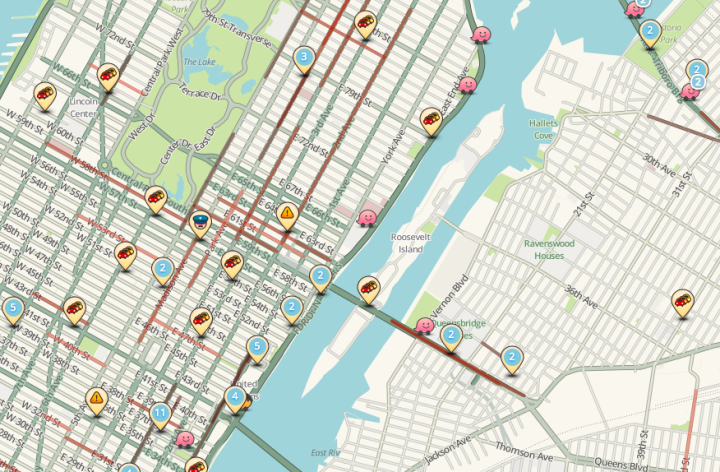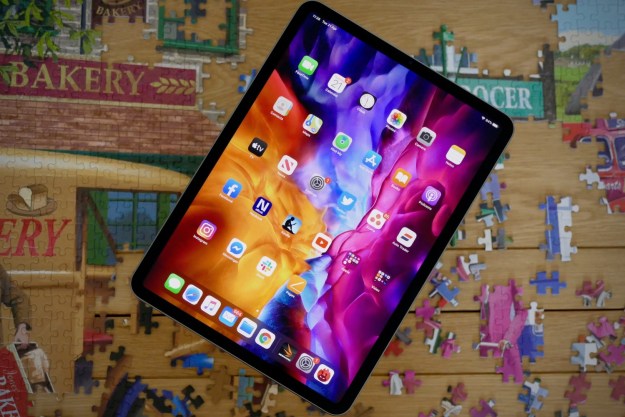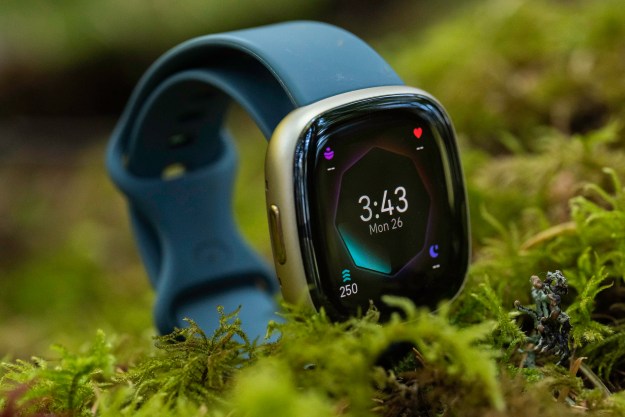
Government departments from 10 cities around the world will now share data from road sensors, construction projects, and pre-planned road alterations. The authorities will also receive traffic flow disturbance alerts based on data from Waze users. That way, cities can alleviate traffic jams and other serious problems that arise organically. Meanwhile, Waze users will know to change their route ahead of time if there’s construction going on.
“Waze was built by the global community with a sense that we’re all in this together,” Di-Ann Eisnor, head of Growth at Waze said in a statement. “An affordable, accessible mobile platform like Waze eliminates superfluous layers and enables citizens and cities to connect directly. We are thrilled to pioneer the Connected Citizens program with the inaugural W10 class, who represent a commitment to efficiency and innovation on nearly every continent in the world.”
The first 10 cities that are working with Waze include:
- Rio de Janeiro, Brazil
- Barcelona, Spain and the Government of Catalonia
- Jakarta, Indonesia
- Tel Aviv, Israel
- San Jose, Costa Rica
- Boston, USA
- State of Florida, USA
- State of Utah, USA
- Los Angeles County
- The New York Police Department (NYPD)
Waze tested the new feature in Rio de Janeiro, Brazil during the fall of 2013 after the office of Mayor Eduardo Paes asked Waze to help monitor road conditions when Pope Francis came to visit. Then, the Centro de Operacoes Rio (COR – Control Center of Rio) embedded the Waze API into its traffic control center. From then on, Waze users’ reports, traffic sensors, and road cameras worked together to create an accurate traffic map that altered in real time as new situations arose.
“Waze gave the COR a deeper understanding of real-time conditions,” said Pedro Junqueira, Chief Executive of COR. “Road sensors and cameras are cost-prohibitive and can’t scale to every corner of our city. The context of why traffic has occurred, in addition to specific incident reports, is invaluable.”
Brazil found the combination of crowd-sourced Waze data and its own official data so useful in combating congestion and problems on the streets, that Waze decided to continue the project. The company says more than 80 cities and municipal groups want to be a part of the Connected Citizens program. Waze plans to add as many partners as it can, in hopes of ending traffic jams everywhere.
Editors' Recommendations
- Need to work from the road? Here are the 5 best laptops with LTE
- How to get the best from the Galaxy Note 10 Plus camera


